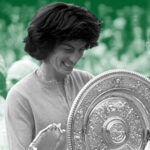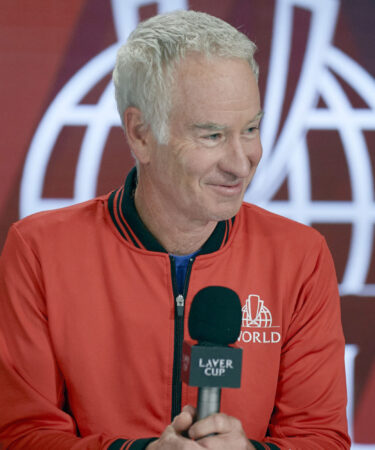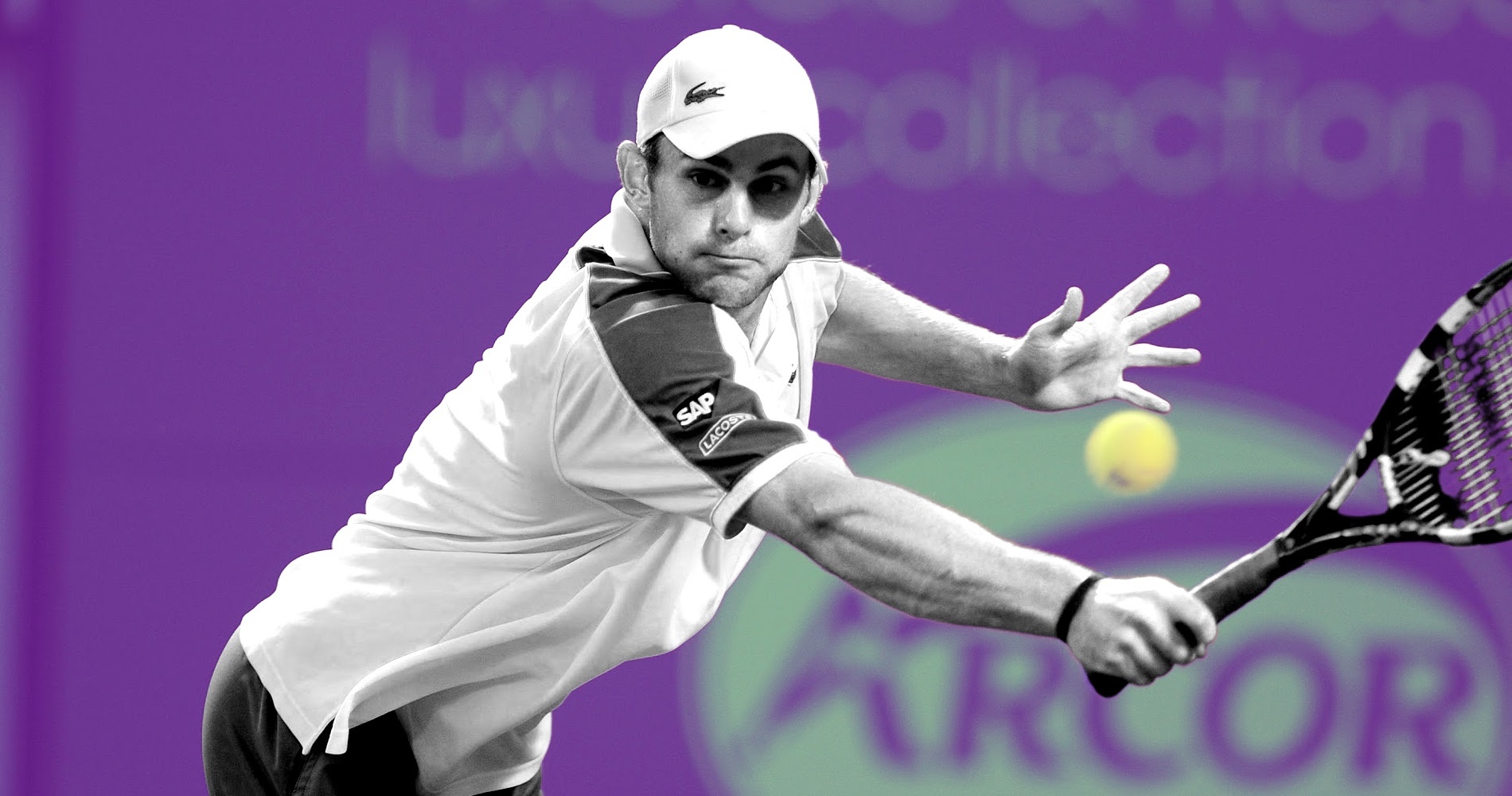July 5, 1980: The day Borg and McEnroe played an unforgettable Wimbledon final
Every day, Tennis Majors takes you back in time to relive a tennis event which happened on this specific day. On this day in 1980, Bjorn Borg and John McEnroe played one of the greatest tennis matches of all-time in the Wimbledon final
 Bjorn Borg and John McEnroe, 1980 Wimbledon final
Bjorn Borg and John McEnroe, 1980 Wimbledon final
What exactly happened on that day?
On this day, July 5, in 1980, Bjorn Borg and John McEnroe played one of the most memorable matches in tennis history, on Centre Court, in the Wimbledon final. Everything about this eighth encounter between the two rivals was exceptional, from their opposite game styles and personality, to the drama of the match and the level of tennis exhibited.
The highlight of this final was the fourth set tiebreak, considered as the greatest tiebreak ever played, which McEnroe won 18-16. Although McEnroe won the legendary tiebreak, it was Borg who triumphed in the end (1-6, 7-5, 6-3, 6-7, 8-6), after three hours and 53 minutes of play, to claim the last of his five consecutive Wimbledon titles.
The players involved: Bjorn Borg and John McEnroe
- Bjorn Borg, the game-changer
Bjorn Borg, born in 1956, was the champion who changed the game of tennis forever. His unprecedented stardom and numerous successes were the main reason why tennis became such a popular sport in the 1970s. His game style , which involved a lot of topspin and a two-handed backhand, was revolutionary and would be copied all around the world. His nickname “Ice Borg” reflected his attitude on the court : he seemed to have his emotions under control at all times. He started playing tennis as a 9-year-old.
By the age of 15, he was already a member of the Swedish Davis Cup team. In his first appearance in the competition, he won his singles match against Kiwi Onny Parun. He turned professional the next year, in 1973, before even turning 17, and soon he reached the final in Monte-Carlo, where he was defeated by Ilie Nastase (6-4, 6-1, 6-2). His domination on the game started in 1974, when, at the age of 18, he claimed his first Grand Slam title at Roland-Garros, becoming at the time the youngest ever French Open champion.
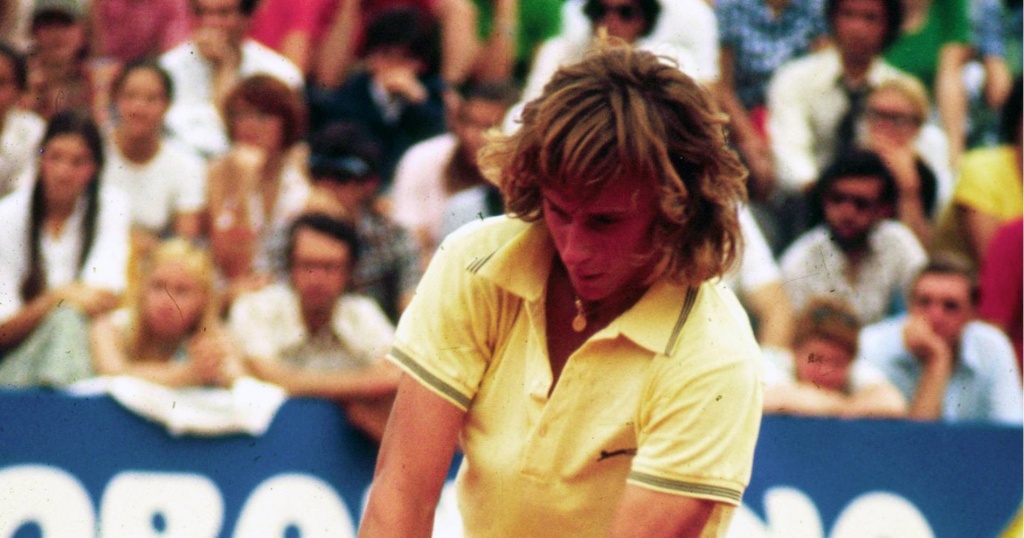
Since the start of his career, only one player had managed to defeat Borg in Paris : Adriano Panatta, from Italy, who beat him in 1973 and 1976. Aside from that, the Swede remained undefeated in Paris where he had already triumphed five times (1974, 1975, 1978, 1979, 1980).
Since 1976, he had also proved himself invincible at Wimbledon, where he had claimed four consecutive titles : Arthur Ashe was the last player who beat him at the All England Club, in 1975. As Bjorn Borg had played the Australian Open only once, in 1974, it was considered that the only major title he was still chasing was the US Open, where he had lost twice already in the final to Jimmy Connors, in 1976 and 1978.
- John McEnroe, the rising young talent with a superbratty attitude
John McEnroe, born in 1959, had become world No 1 for the first time in March 1980. He had only occupied the spot for three weeks though, before handing it back to Bjorn Borg. The left-hander from New York had stunned the tennis world since his breakthrough on the tour, in 1977, when at the age of 17, showing up at Wimbledon as an amateur, he came through the qualifying draw and went all the way to the semi-finals.
“Mac” was very talented, his game being based on precision and touch on top of an iconic and lethal serve. In 1979, he became the youngest ever US Open champion, defeating Vitas Gerulaitis (7-5, 6-3, 6-3). That year, he also made quite a splash by edging Borg (7-5, 4-6, 6-2, 7-6) to win the WTC Finals. In 1980, just before Wimbledon, he had sharpened his serve-and-volley game by claiming the title at the Queen’s Club Championships.
McEnroe soon made a name for himself for his shocking on-court behaviour in the well-mannered world of tennis. His constant arguments with the officials made him stand out in a gentleman’s sport.

The place: Wimbledon
Wimbledon is the oldest and the most prestigious tennis tournament in the world. Held by the All England Lawn Tennis and Croquet Club since 1877, it moved into its current location in 1922, the same year when the Centre Court was built. Considered by many as the most intimidating court in the world, with its famous Rudyard Kipling quote above the entrance (“If you can meet with triumph and disaster and treat those two impostors just the same”), the Centre Court had seen the best players of all time competing for the title.
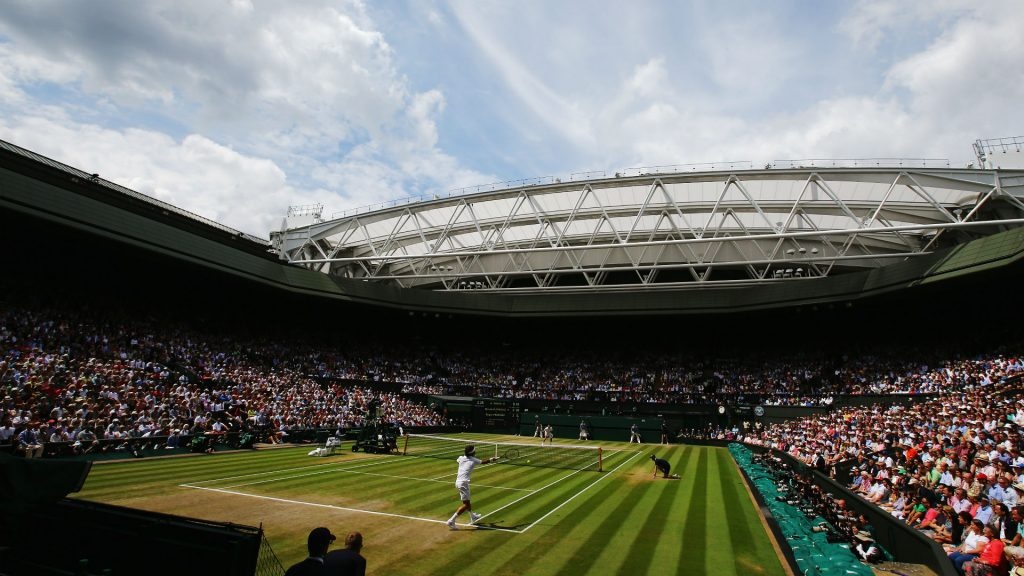
After the US Open switched to clay and then hard court in the 1970’s, and after the Australian Open switched to hard court in 1988, Wimbledon remained the only Grand Slam tournament to be played on grass, a surface that is usually more suitable for serve-and-volley players. Not only did Wimbledon keep its surface, but it also maintained old-fashioned traditions such as its white dress code.
The facts: After losing a dramatic fourth set tiebreak, Borg maintains cool to win in five sets
On July 5, 1980, when Bjorn Borg and John McEnroe walked out on to the Wimbledon Centre Court, the entire world of tennis expected a great match, but no one had anticipated that the players were going to write one of the most famous chapters in tennis history.
All the components for a spectacular final were there. The two competitors could not be more different. While the right-handed Swede was nicknamed “Ice Borg”, the American southpaw was called “Superbrat” by the British public, due to his attitude towards the officials. Borg had built most of his success on consistency, while the unpredictable McEnroe was the king of shot-making.
Both players had serious reasons to be confident about their own chances. Borg had not lost a single match at the All England Club since 1975, winning the four last editions of the tournament. Besides, he had just triumphed for the fifth time at Roland-Garros, without dropping a single set. On the other hand, John McEnroe had become, in 1979, the youngest-ever US Open champion. He had already managed to beat Borg three times in six encounters, and his aggressive game was tailor-made for grass.
22-minute tiebreak
In the first set, Borg was maybe surprised by McEnroe’s confidence. The American outran the Swede and quickly won the first set, 6-1. Borg didn’t panic and he fought back in the following sets, attacking the net more than usual to prevent McEnroe from controlling the game and taking the net himself.
With his sharp returns and great passing shots, Ice Borg took a hold on the final by winning the second and third set, 7-5, 6-3. When the four-time champion served for the match at 5-4 in the fourth set, it looked like McEnroe’s fate had already been sealed. It was at this moment that the legend began : the American, desperately fighting to stay in the match, managed to break back and pushed Borg into a tiebreak that would live through history.
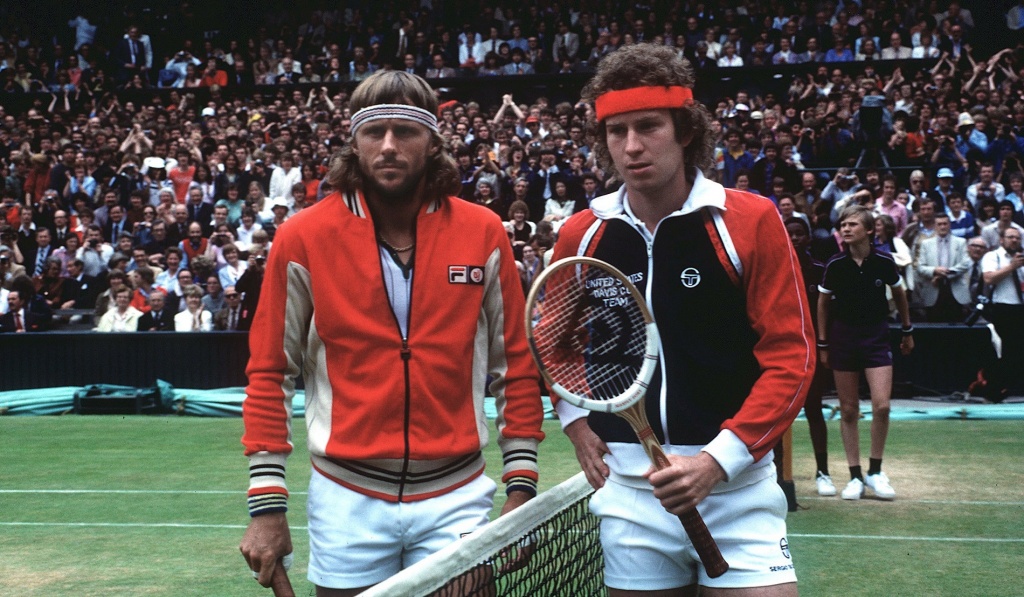
In this 22 minute-long tiebreak (only five minutes shorter than the entire first set), McEnroe, who had already faced two match points before, saved five more before eventually winning 18-16 to take Borg to a deciding set.
Many players would have collapsed in the final set, after such a dramatic twist, but Borg did not. He earned his nickname of Ice Borg, and kept fighting for every point. Increasing his level, particularly on his serve where, after trailing 0-30 in the first game, he won 19 points in a row. Eventually, after three hours and 53 minutes of play, a final backhand passing shot from the Swede put an end to one of the most amazing finals ever played at Wimbledon.
Borg, who was already the first player to win the tournament four times in a row, had now triumphed five consecutive times. It was the third time, after 1978 and 1979, that he achieved the feat of winning at both the French Open and Wimbledon in the same year.
What next? McEnroe would get his revenge over Borg at the US Open and later their paths would diverge
That year, John McEnroe would take his revenge against Bjorn Borg in the US Open final, where he would prevail in five sets (7-6, 6-1, 6-7, 5-7, 6-4).
In 1981, Borg would claim his last Grand Slam title with a sixth Roland-Garros crown, beating Ivan Lendl in the final (6-1, 4-6, 6-2, 3-6, 6-1). In the final episodes of their rivalry, McEnroe would then edge Borg at Wimbledon (4-6, 7-6, 7-6, 6-4) and at the US Open (4-6, 6-2, 6-4, 6-3).
This fourth loss in the US Open final would be Bjorn Borg’s final Grand Slam appearance. The constant attention and pressure would eventually lead to burn out and he would put an end to his professional career at the age of 26, holding 11 Grand Slam titles, having already won 64 tournaments and held the world No 1 spot for 109 weeks. He would try an unsuccessful comeback with his wooden racket in the early 1990s.
In his career, McEnroe would triumph three times at Wimbledon (1981, 1982, 1984), and four times at the US Open (1979, 1980, 1981, 1984). 1984 would be his peak year. Claiming both Wimbledon and the US Open, as well as the Masters Cup and the Davis Cup, he would finish the year as the undisputed world No 1, holding an incredible 82-3 record. The only disappointment in that glorious season would be his heartbreaking loss against Ivan Lendl in the Roland-Garros final after blowing a two-set lead.

After 1984, McEnroe would never win a Grand Slam title again. In 1986, mentally worn out, he would even take a break from the tour to marry Tatum O’Neal. He would be back but “Mac” would never obtain the same remarkable results and would not reach any more Grand Slam finals. His last major result before he retired from professional tennis would be reaching the 1992 Wimbledon semi-final (lost to Andre Agassi, 6-4, 6-2, 6-3). In total, McEnroe won seven Grand Slam titles and spent 170 weeks as world No 1 in singles.
Borg and McEnroe would face each other 14 times in total, each of them winning seven times. Although it lasted for a very short period, between 1978 and 1981, their rivalry would remain one of the focal points in the sport of tennis, thanks to its intensity, combined with their different game style and character.




